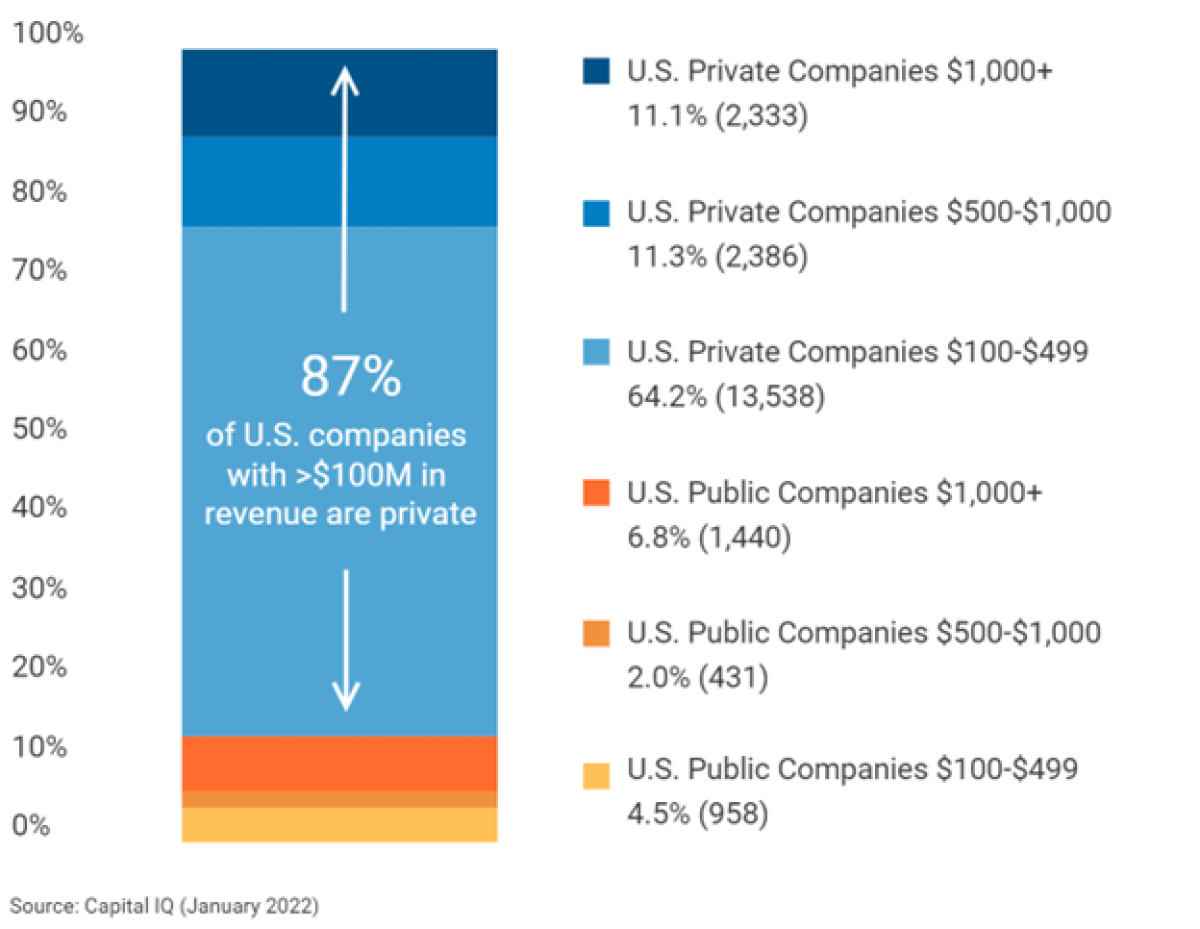By William (Bill) J. Kelly, CAIA, CEO of the CAIA Association.
Long before cinnamon became ubiquitous it was one of the ancient world’s first traded spices, and there was not even a pinch to be had for the commoner. It was a gift worthy of only monarchs and emperors, as valuable as gold and ivory, and a monopoly quite literally of biblical proportions. As they are wanting to do, innovation and commercialization eventually set in over the ensuing centuries, and the world now produces over 200 thousand tons of cinnamon per annum. There is likely some in your spice rack or for the fame seeking TikTok influencer, on a loaded spoon poised for the latest challenge.
Irradiation is ultimately a commercialization process, maybe not that different than the democratization of private equity and the mouth-watering Internal Rate of Return (“IRR”) that were also once only available to the captains of our industry. Irradiation on food dates to the early 1900’s with the goal of making access, consumption, and shelf-life storage safer and more available for the consumer. The IRRadiation of private market product is perhaps more of a modern-day phenomenon resulting from the rise in dominance of the individual investor once again abetted by innovation and commercialization, but certainly this process has all the same hallmarks of making a product more broadly accessible to the individual investors.
We learned almost twenty years ago from Howard Marks that, You Can’t Eat IRR and thanks to TikTok virtual challenges, we now know you can’t eat cinnamon either, but maybe it is more about the process than it is about the end product. We have seen that the new home of capital formation and value creation is in the private markets and our equity allocation within our portfolio construction should at least contemplate that wider aperture of exposure to where those (private) growth opportunities reside.

The performance measurement process in the private markets, however, is different than what has been known and understood by most individual investors used to toiling in the public market arena. It is here that she controls the timing of cash flows either via subscriptions or redemptions to/from a very liquid commingled structure such as a UCIT or ’40 Act mutual fund. Performance is measured on a Time-Weighted Return (“TWR”) irrespective of the movements of cash, as the latter is not in the control of the manager.
A great explainer piece by the Commonfund brings this point to life via a pretty simplistic example. As you can see from Table A below, the assumed percentage gains (or losses) are applied to the opening period assets, while redemptions coming out at the end of the prior quarter have no influence on subsequent period performance calculations. In short, this investor started with $1,000 and chose to redeem $730, $300, and $70 in each of the first three periods (respectively) leaving her account with $8, or an aggregate capital pool of $1,108 at year end. You can follow the simple math of compounding and see that the fund’s TWR was 15.3%.

Source: Commonfund; What's the Difference? Time-Weighted Return vs. Internal Rate of Return
It is interesting to note, you can substitute any quarterly cash flows into this simple example, and it will not change the fund’s 15.3% outcome. Perhaps equally noteworthy before we turn our attention to the comparative IRR calculation, is a quick gap analysis between how the fund did vs this hypothetical shareholder. Absent any re-investment assumptions, she, in fact, left about 450 BPs on the table. Her $1,000 only grew to $1,108, or +10.8%, vs $1,153 (+15.3%) had she remained fully invested for the entirety of this period. This serves as an important reminder as to why liquidity has become a product feature (interval funds as an example) and not necessarily a benefit for what is usually the ill-advised tendencies of the average investor!
The Commonfund’s Table B below takes on the same cash flow assumptions but now said flows are coming via a private market structure where the timing of the capital calls and return thereof are in the complete control of the manager/GP. The GP should then absolutely be measured on when cash was invested, how long it stayed in the ground, and when it was harvested and returned, which is why we properly use the IRR process here; a calculation well known to the disciples of David Swensen, maybe less so to the serial public-markets investor.

Upon close inspection, Tables A and B look remarkably similar but the calculations of a TWR and an IRR could not be more different. IRR can get complicated, but the base assumptions explained and understood here can get even the average math student/investor pretty far up the learning curve. IRR simply seeks to solve for the Net Present Value (“NPV”) of all cash flows (in and out) at a discount rate that will balance the flows to a NPV of zero. In this case, even though the period-ended cash in your pocket is the identical $1,108 under both separate calculations, your IRR is a whopping 34%, or seemingly a substantial premium of 18%+ over the TWR public market proxy!
In fairness, this is a simulated example to underscore the vast differences in public and private market return calculations and assumptions. You will often see these comparisons presented as the alpha to be harvested on what might just be a mirage if one does not understand and decompose the allure of an IRR proxy. The latter often and compellingly touts the long-term outperformance as compared to a public market equivalent, represented by a broad and investable public market proxy such as the MSCI World Index. As median correlations between public and private equity hover around .9, and interquartile performance gets even wider, investment due diligence and manager selection are critical considerations to be undertaken prior to any allocation.
Be aware and arm yourself with education. CAIA Association remains a trustworthy means to this end as do many of our industry partners such as Cambridge Associates who authored a timeless and relevant framework on this very subject almost a decade ago. Afterall, the Irradiated Cinnamon Challenge rarely ends well, and absent informed consent, your private market ambitions and expectations might just end up in the sink, too.
Seek education, diversity of both your portfolio and people, and know your risk tolerance. Investing is for the long term.
About the Author:

William (Bill) J. Kelly, is the CEO of the CAIA Association with 30+ years in institutional asset management in successive CFO, COO, and CEO roles. A former CEO of Boston Partners and one of the founding partners of the predecessor firm, Boston Partners Asset Management, he's a global speaker and advocate for shareholder protection. Bill serves as Chairman of Boston Partners Trust Company and is an Advisory Board Member for the Certified Investment Fund Director Institute, which seeks to bring the highest levels of professionalism and governance to independent fund directors around the world. As a member of the board of the CAIA Association, Bill also represents CAIA in similar capacities via their global partnerships with other associations and global regulators.




